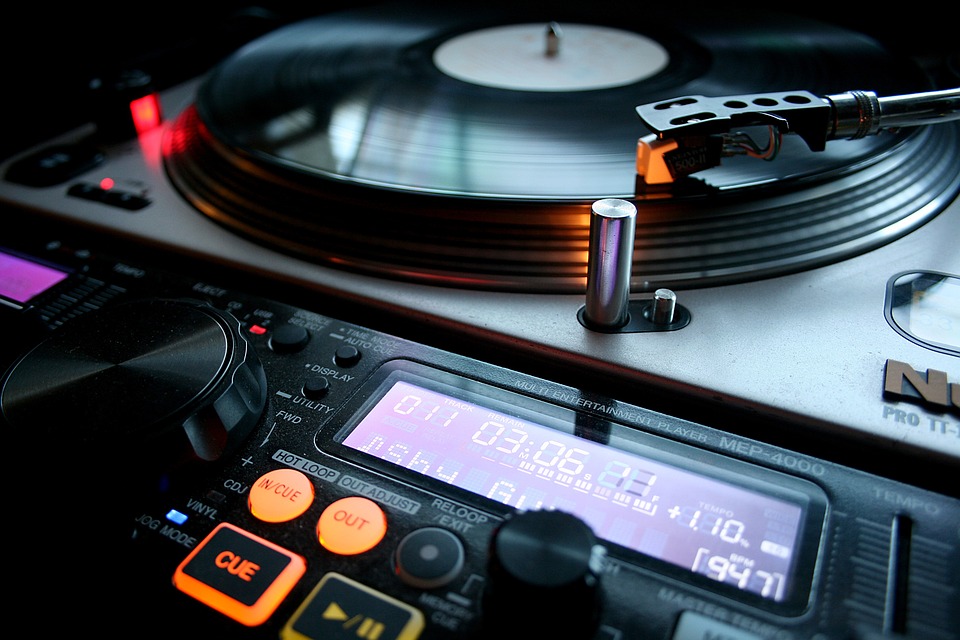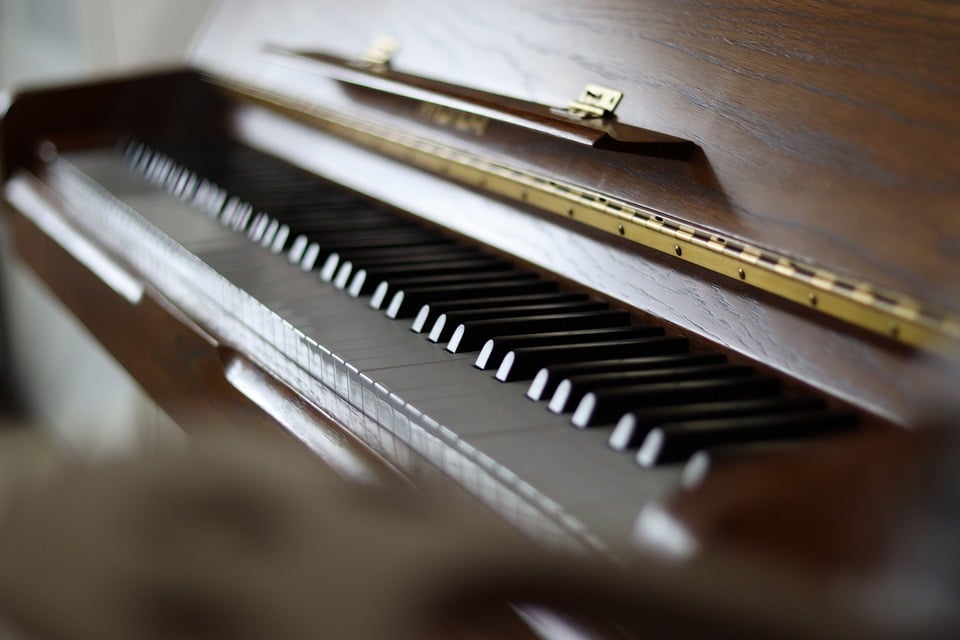When mixing music, the order of effects can dramatically influence the final sound. One common question among producers is whether to apply equalization (EQ) before or after reverb. This article explores the advantages and disadvantages of each method, helping you achieve the best sound quality for your tracks.
Understanding EQ and Reverb
Before delving into the specifics of EQ placement, it’s essential to understand what EQ and reverb are and how they function in a mix. Equalization is a process of adjusting the balance of specific frequency ranges within an audio signal. It allows producers to enhance or reduce certain frequencies, making sounds clearer or more pronounced.
On the other hand, reverb is an effect that simulates the natural reverberation of sound in a space. It adds depth and ambiance, making sounds feel more three-dimensional. Reverb can create a sense of space, making instruments and vocals blend in a way that feels natural. Understanding these two effects’ roles is crucial in deciding their order in the signal chain.
The Case for Using EQ Before Reverb
Applying EQ before reverb is a common practice among many audio engineers. This approach allows you to shape the sound of an audio signal before it enters the reverb unit. By removing unwanted frequencies, you can enhance the clarity of the reverb effect. For instance, if you have a vocal track with excessive low frequencies, cutting those frequencies before adding reverb can prevent muddiness in the mix.
Another advantage of using EQ before reverb is that it allows you to tailor the reverb’s character. By boosting certain frequencies, such as the high end, you can create a brighter, more lively reverb effect. This can be particularly beneficial for instruments or vocals that need to stand out in a mix. In essence, EQing before reverb gives you greater control over how the reverb interacts with the original sound.
The Case for Using EQ After Reverb
On the flip side, some producers argue that applying EQ after reverb can yield better results. This approach allows you to shape the overall sound of the reverb effect itself. For instance, if the reverb is too bright or harsh, you can use EQ to tame those frequencies, leading to a smoother sound. This can be especially useful in dense mixes where reverb can easily clutter the audio.
Additionally, using EQ after reverb can help to blend the reverb with the dry signal more effectively. By adjusting the frequencies that are present in both the dry and wet signals, you can create a more cohesive sound. This can enhance the overall depth of the mix and ensure that the reverb sits well within the context of the other elements.
Factors to Consider When Choosing EQ Placement
When deciding whether to place EQ before or after reverb, there are several factors to consider. The first is the type of audio material you are working with. For example, vocals typically benefit from EQing before reverb to avoid muddiness. In contrast, more ambient instruments might work better with EQ after reverb to maintain a cohesive sound.
Another factor is the specific reverb effect you are using. Some reverb plugins or hardware units have built-in EQ controls that allow you to shape the reverb’s sound. In such cases, you might find it more beneficial to use EQ after reverb to refine the overall mix. Understanding the tools at your disposal and how they interact is crucial in making the right choice.
Practical Tips for EQ and Reverb Usage
To get the best results from your EQ and reverb effects, consider these practical tips. First, always trust your ears. While there are general guidelines, every mix is unique, and what works for one may not work for another. Experiment with both placements and listen carefully to how they affect the sound.
Secondly, use subtle adjustments. Extreme changes in EQ can lead to unnatural sounds, especially when combined with reverb. Instead, make small adjustments and listen to how they influence the overall mix. Remember that the goal is to enhance the sound without overpowering it.
Common Misconceptions About EQ and Reverb
There are several misconceptions surrounding the use of EQ and reverb in music production. One common myth is that EQ must always come before reverb. While this approach has its merits, it’s not a hard and fast rule. The best order often depends on the specific sound you are trying to achieve.
Another misconception is that reverb should always be added at the end of the mixing process. While it often is, incorporating reverb earlier in the mixing process can sometimes yield better results. This allows you to hear how the reverb interacts with the other elements in your mix from the start.
Conclusion
Deciding whether to use EQ before or after reverb is a critical choice in music production. Both methods have their advantages and can lead to different sonic outcomes. Ultimately, the best approach depends on the specific audio material, the desired sound, and the particular effects being used. By understanding the roles of EQ and reverb and experimenting with their placement, you can achieve a polished and professional mix.
FAQs
1. Can I use both EQ before and after reverb?
Yes, using EQ both before and after reverb can be beneficial. This allows you to shape the sound before it enters the reverb and refine the reverb’s character afterward, leading to a more polished mix.
2. How do I know if my reverb is too much?
If the reverb makes the mix sound muddy or the elements lose their clarity, it may be too much. A good rule of thumb is to ensure that the dry signal remains clear and present in the mix.
3. What are some common EQ settings for vocals?
Common EQ settings for vocals include cutting low frequencies around 80-100 Hz to reduce muddiness and boosting around 3-5 kHz for clarity and presence. However, these settings can vary depending on the singer’s voice and the style of the music.
4. Can I automate EQ and reverb settings?
Yes, automation can be a powerful tool in mixing. You can automate EQ and reverb settings to change dynamically throughout a track, allowing for more expressive and engaging mixes.
5. Is there a difference between hardware and software EQ and reverb?
Yes, hardware and software effects can sound different due to their design and processing. Hardware often has a unique character, while software may offer more versatility and ease of use. Experimenting with both can help you find the best sound for your projects.


